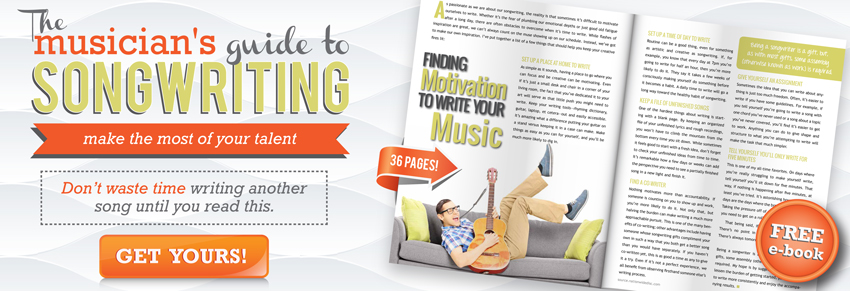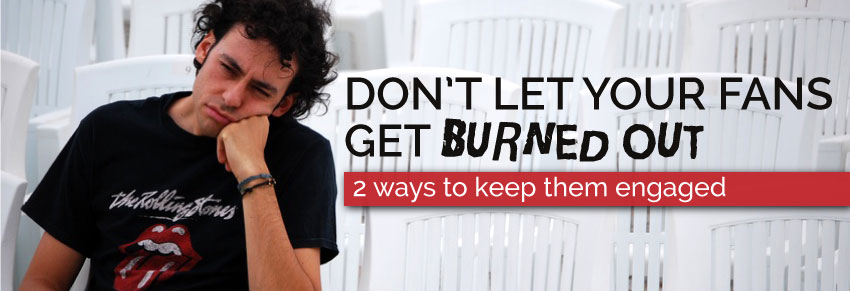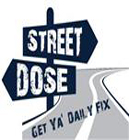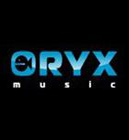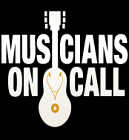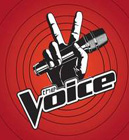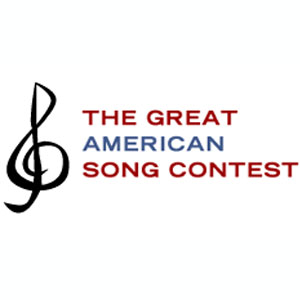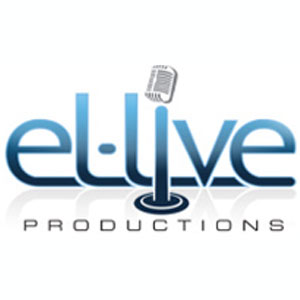The Cassette Revival: Should You Sell Tapes?
By Estimated reading time: 4 minutesIs your music a little bit quirky? Does your fan base enjoy crazy merch ideas or alternative listening methods? Are they missing the glory days of the mixtape? Are you an 80s cover band?
If any of the criteria above fit your music, you may want to try releasing some music on cassette tapes!
But Why Cassettes?
The cassette revival is the younger brother of the renewed interest music fans have in vinyl. For most people, these analog collections are not a replacement to downloaded or streamed music, but a supplement. They purchase tapes or vinyl in addition to the music they already consume.
This is great news for indie artists. Often the music fan who seeks out new and independent music is going to be the fan who is willing to spend $20-$30 on a vinyl record.
Vinyl shouldn’t replace your physical CDs and downloads, but records can be a great source of income if your fans are excited and willing to purchase. However, pressing vinyl records is cost prohibitive for many independent artists. Not only is it expensive, but it can take months to get the product into your hands.
This is where tapes come in. They appeal to the same demographic, but are much cheaper and easier to manufacture than records.
Is My Release Right For Tape?
Chances are, if you are reading this article, you probably already have a gut feeling about whether or not tape is right for you.
To decide if your release is a good fit for cassette tape, you need to look at your fans. They should be the determining factor in preparing for any release, but you really need to make sure they’re on board if you are contemplating releasing in an alternative format.
If you think tape is awesome but you are 90% sure your fans won’t be into it, then don’t release on tape! Your audience should be the determining factor when you make any decisions about merch, not your personal preference.
You also need to make sure that cassette tapes will be in keeping with the brand you’ve created. If you think releasing music on tape will be way out in left field, it will probably feel odd to your fans as well.
How Do I Get Cassettes?
Surprisingly, it is quite easy to get cassettes professionally duplicated. Googling “cassette tape duplication” will provide you with several companies that can professionally duplicated cassettes and even help you design your packaging! Tapes are relatively cheap to duplicate, so if you are looking at making more than just a few tapes, I would recommend you go with a professional service.
If you would rather DIY, you can get blank tapes and cases online, or you could buy tapes from a thrift store and copy your music over them at home. You will probably have to invest in some equipment, but you can find a basic cassette recorder at Walmart for about $50. This article also has some helpful tips on basic techniques to recording tapes at home.
Creative Tape Ideas:
If you thinks tapes would work for your music, but aren’t sure how you would sell them, here are a few ideas:
- Full Release-Why not put your next album or EP on tape? The tapes could be a limited edition item!
- Exclusive Music-A great way to push an alternative format is by offering exclusive music. Got some lo-fi demos you think your fans would enjoy? Put them on tape!
- Bundles, Bundles, Bundles!-People love exclusives, and they love to save money. So put your new tape into a bundle with a CD, T-shirt, and sticker! Or offer a tape for free when they spend $20 in merch.
- The Cart and the Horse-If you can transport them safely, you might sell portable tape players (aka Walkmans!) with your tapes! Chances are your local thrift store will have quite a few that you can clean up and sell with your tapes. Then your awesome music is ready and immediately available to listen to!
Cassette Store Day
If you think you are ready to take the plunge and release some music on tape, you may want to take a look at Cassette Store Day. In 2015, Cassette Store Day (CSD) is on October 17th. If you are able to release on CSD, you could talk to local record stores (many of them sell cassettes as well!) about featuring your tape release, and even doing a show in their store to cross promote and celebrate Cassette Store Day!
Have you had success selling cassette tapes to your fans? What other unique merch items do you offer? Do you think analog formats are here to stay? Let us know in the comments below!
Related Articles:
- How to Increase Your Merch Sales
- 6 Money Making Gigs You Haven’t Thought Of
- Dealing With Self-Doubt: Learning to Love Yourself and Your Music
...Keep Reading
